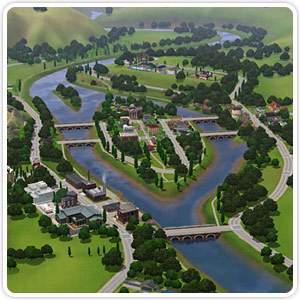

If you grew up before the digital revolution, you might recall having spent afternoons in the biology lab squinting into a microscope as you fiddled with the dials trying to focus it properly. Or maybe you had a home science kit with an even less sensitive microscope.
But those days are gone for good, and the simple compound microscope invented by Dutchman Zacharias Janssen in the sixteenth century, with its 9X magnification, is a far cry from the digital microscope of today. The digital microscope not only magnifies objects to unimaginable levels during the Janssens, but it also allows the magnified images of those objects to be saved in digital format, for closer examination, printing, and preservation. The digital microscope ensures that whatever shows up beneath its lens can be interpreted by more than a single pair of eyes, and have a much higher chance of being accurately recorded. Now, you are thinking about what is a digital microscope and what’s it benefits and features.
Digital Microscope Photography
The magic of a digital microscope is in its digital camera capacity. The images picked up by the digital microscope's lens can be uploaded to a computer by a variety of means, including Bluetooth, USB, or other wireless or cable processes. Once on the computer, the images can be examined in several ways to extract as much information as possible from them.
The digital microscope, in other words, guarantees that you can preserve the images from every specimen you observe with the microscope, spend as much time as you like watching the image, and share the image with others who may have different insights into what it reveals. Even more impressively, if the specimen you are observing is changing, you can preset the digital microscope to record those changes as they occur.
Digital Microscope Software
The software available for digital microscope images will let you edit both videos and still shots of your specimens, display them on your monitor or a projection screen, and save them to email in image files. The software, amazingly, can also count the cells in a biological specimen, and let you prepare both time-lapse and composite images.
All the features available with digital microscopes are not without their price, but once you use one and understand how much more versatile than a regular compound microscope is, the extra expense will not seem like such an obstacle. You can shop for a digital microscope on the Internet, and trust the vendor from whom you make your purchase to exercise the proper care in shipping it to you.




















